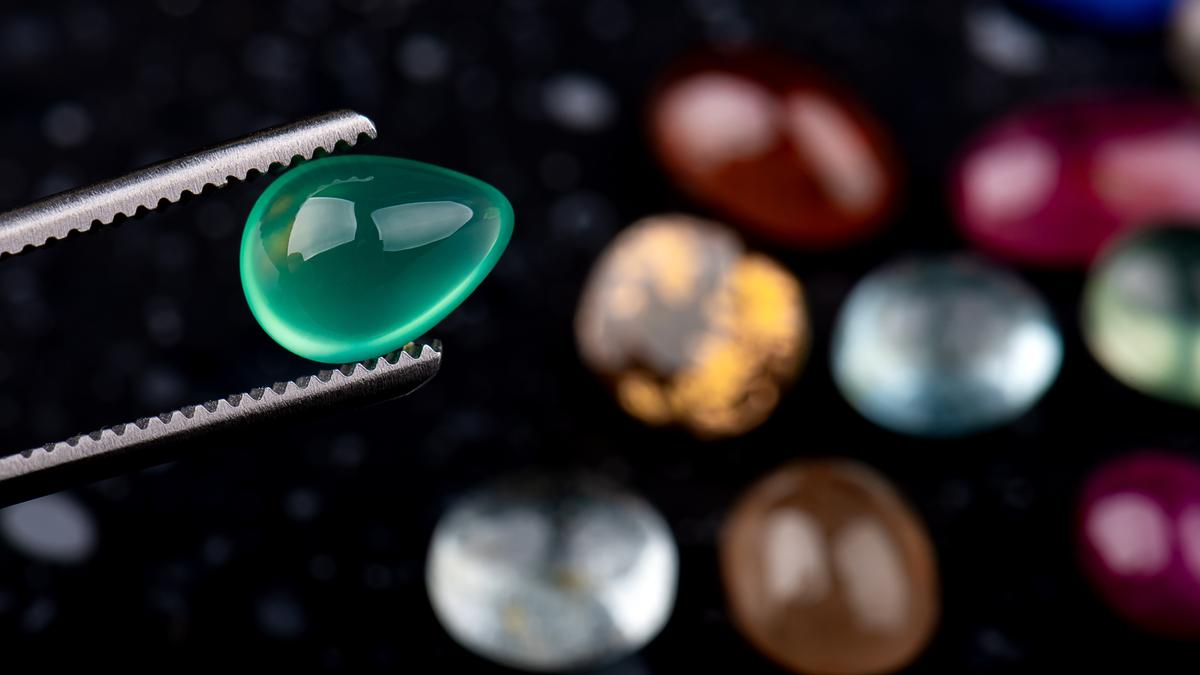
Rubies and emeralds get their colors from a common metal Premium
The Hindu
Both rubies and emeralds are minerals, which is a type of rock with a consistent chemical composition and a highly ordered structure at the atomic level.
The colours of rubies and emeralds are so striking that they define shades of red and green – ruby red and emerald green. But have you ever wondered how they get those colours?
I am an inorganic chemist. Researchers in my field work to understand the chemistry of all the elements that make up the periodic table. Many inorganic chemists focus on the transition metals – the elements in the middle of the periodic table. The transition metals include most of the metals you are familiar with, like iron (Fe) and gold (Au).
One feature of compounds made with transition metals is their intense colour. There are many examples in nature, including gemstones and paint pigments. Even the colour of blood comes from the protein haemoglobin, which contains iron.
Investigating the colours of compounds containing transition metals leads you into some really amazing science – that’s part of what drew me to study this field.
Rubies and emeralds are great examples of how a small amount of a transition metal – in this case, chromium – can create a beautiful colour in what would otherwise be a fairly boring-looking mineral.
Rubies appear red because they absorb blue and green light.
Both rubies and emeralds are minerals, which is a type of rock with a consistent chemical composition and a highly ordered structure at the atomic level.

Thomas Jefferson and Abraham Lincoln are two of the greatest presidents that the U.S. has seen. You probably know that already. But did you know that Jefferson made what is considered the first contribution to American vertebrate paleontology? Or that Lincoln is the only U.S. president to receive a patent? What’s more, both their contributions have March 10 in common… 52 years apart. A.S.Ganesh hands you the details…












